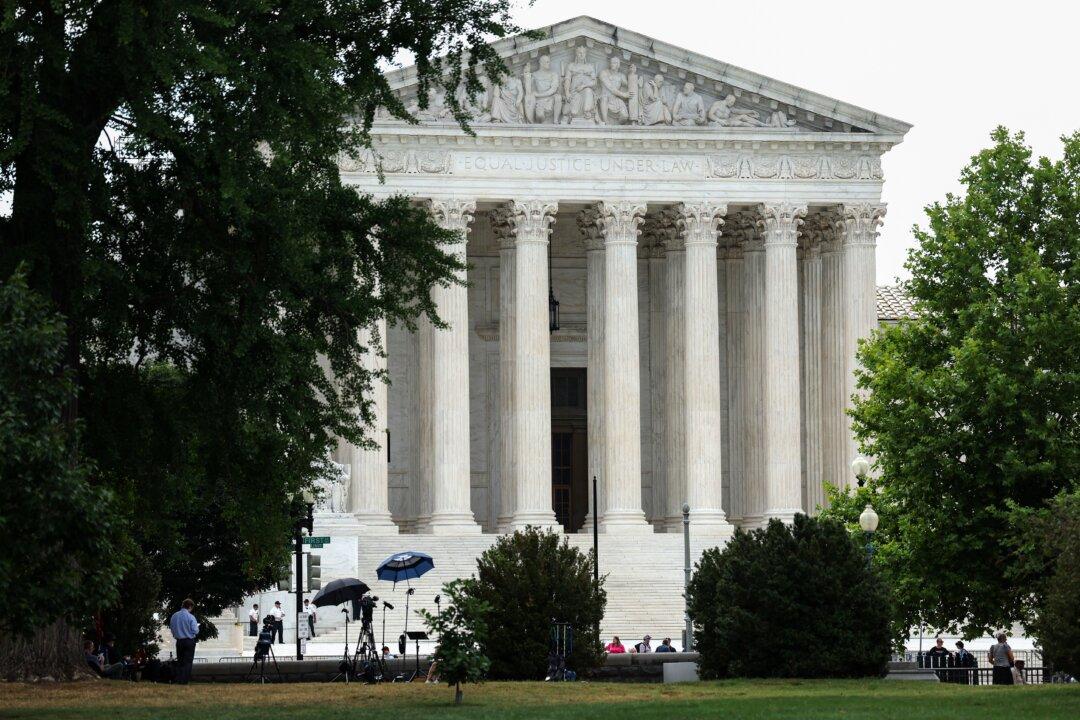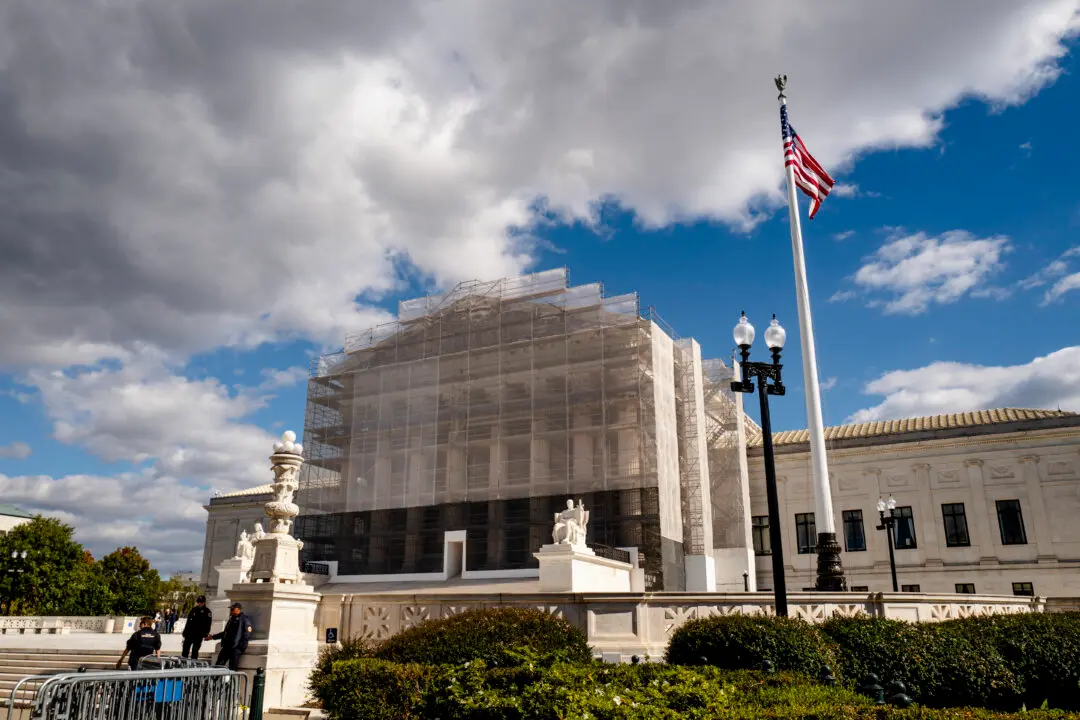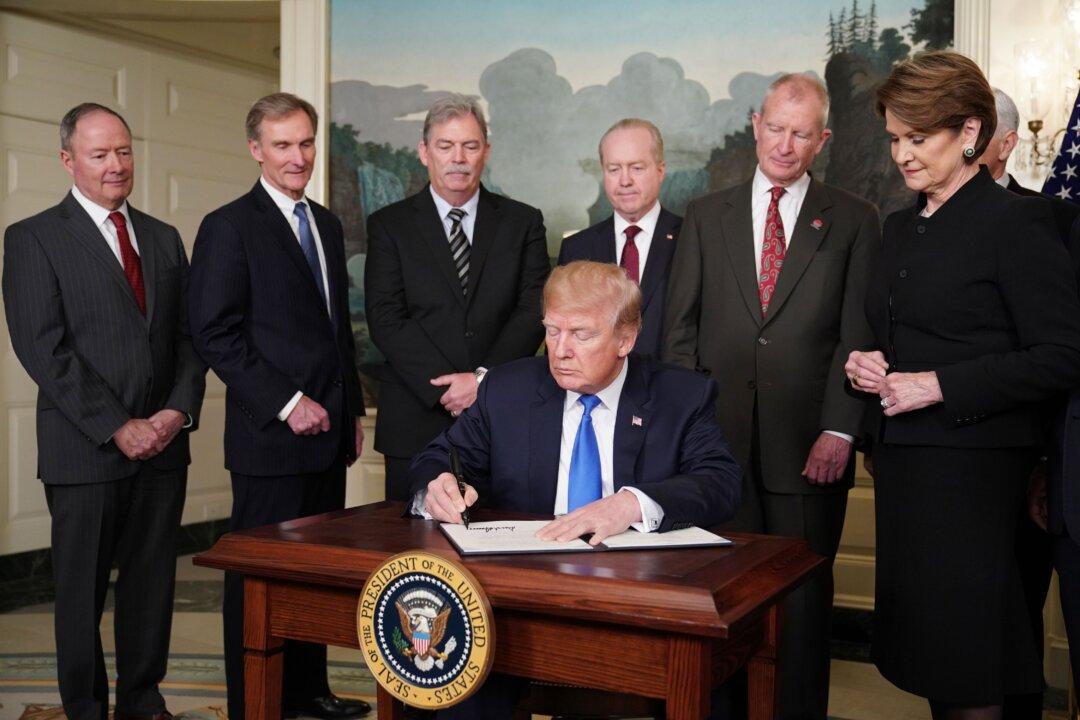Commentary
This essay and the following one thumbnail the 10 most important constitutional cases in the Supreme Court’s (SCOTUS) “October 2022 term,” which ended on June 30. They relate the gist of each case and whether it was based on constitutional (“originalist”) grounds or on other factors.





